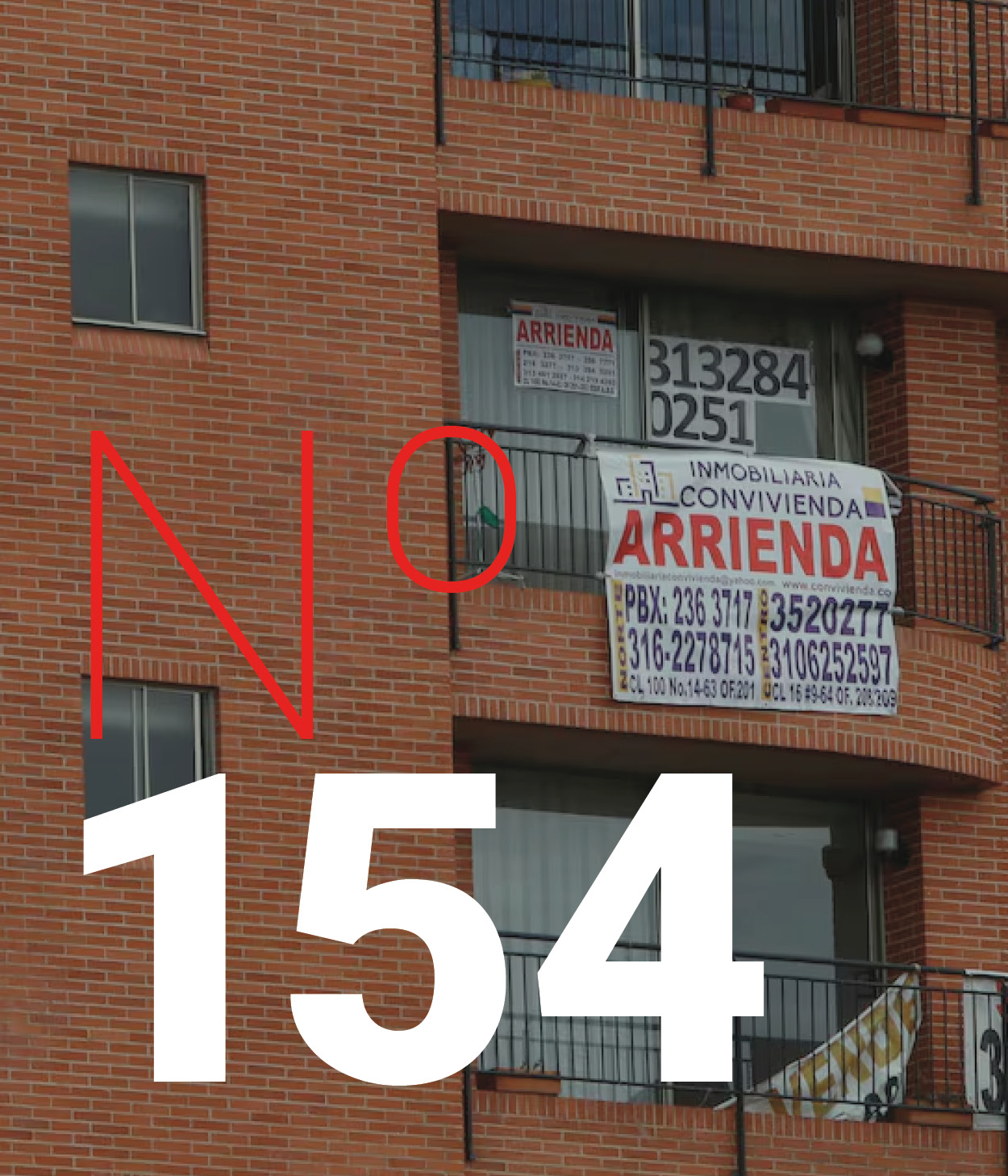In Which Neighborhood is it Better to Grow Old? Equipment and support for autonomy within the Metropolitan Area of Guadalajara (Mexico)
DOI:
https://doi.org/10.7764/EURE.51.154.03Keywords:
spatial distribution, urban services, social geographyAbstract
The city, analyzed from a gerontological perspective, highlights the autonomy of older adults in accessing the resources necessary to meet their daily needs. The objective of this article is to explore an analysis model of the distribution for the supply of services capable of supporting instrumental Activities of Daily Living (IADL) within a dispersed metropolitan context at a neighborhood-scale analysis, which could contribute to semi-independent adults’ well-being. The exploration of official databases has made autonomy support destinations visible, allowing critical neighborhoods to be identified, with high demand from the aging population and little supply of autonomy support. The results are shown in a classification matrix that could guide public policy.
Metrics
Downloads
Published
How to Cite
Issue
Section
License
Copyright (c) 2025 Revista EURE - Revista de Estudios Urbano Regionales

This work is licensed under a Creative Commons Attribution 4.0 International License.
Al momento de aceptar la publicación de sus artículos, los autores deberán formalizar la cesión de derechos de autor a EURE, según las condiciones establecidas por la Revista.
Ésta establece que el autor autoriza a EURE de manera gratuita, exclusiva e ilimitada a reproducir, editar, publicar, distribuir, publicitar, comercializar y traducir el artículo, a cualquier soporte conocido o por conocer y desarrollar.
Del mismo modo, los autores aseguran que el artículo propuesto es original, no publicado y no propuesto para tal fin a otro medio de difusión.


